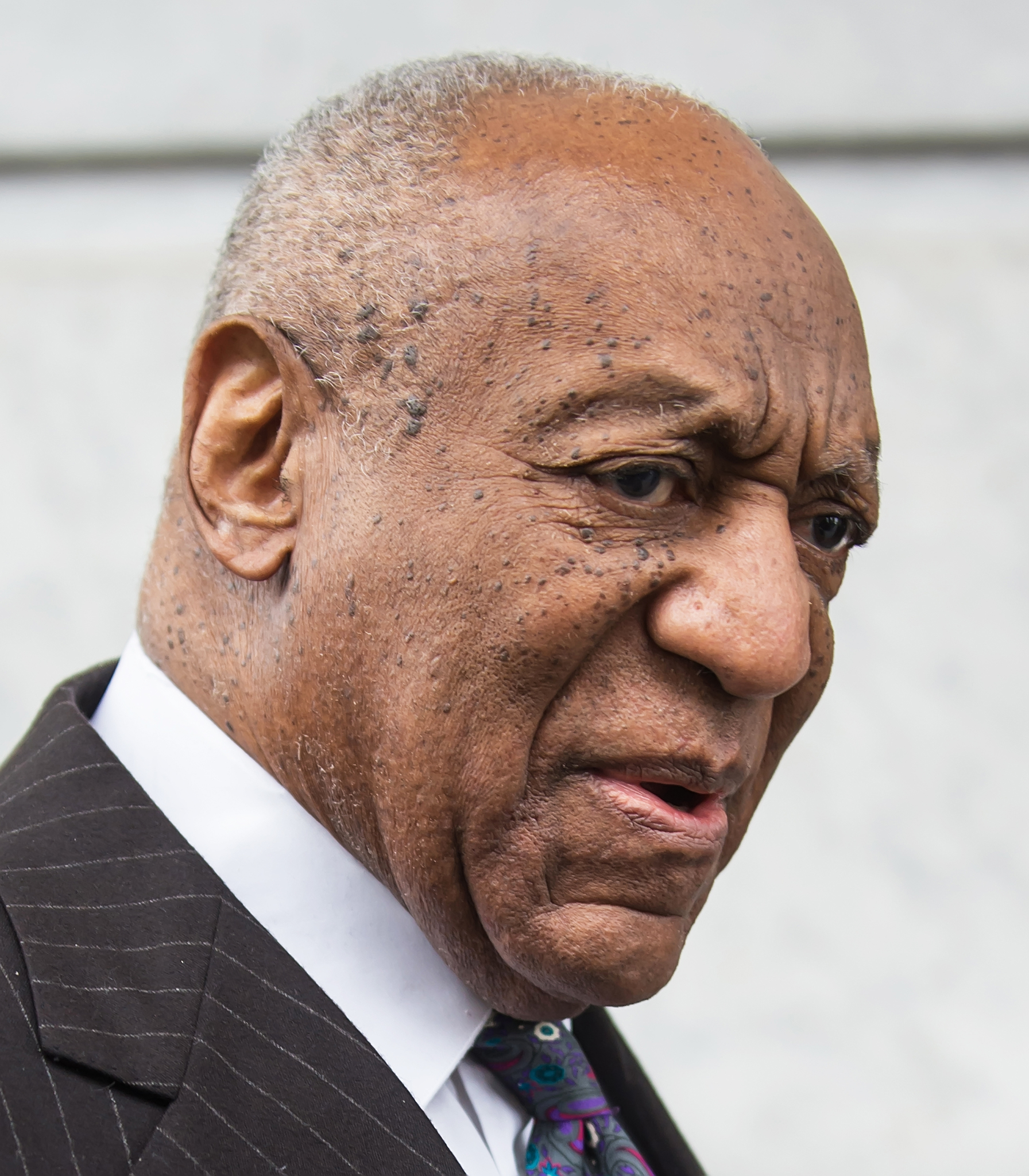Diana Ross: The Supreme Who Left for Solo Stardom
Diana Ross: the supreme who depart in 1969
The supreme stand as one of the virtually influential and successful musical groups in American history. This iconic Motown girl group revolutionize the music industry and break barriers for black artists during the 1960s. Still, a significant turning point come in 1969 when one of the group’s found members make the momentous decision to leave and pursue a solo career.
That member was Diana Ross, the lead vocalist whose distinctive voice and charismatic presence had help propel the supreme to unprecedented heights of fame and success.
The rise of the supreme
Before examine Ross’s departure, it’s essential to understand the remarkable journey of the supreme. The group earlier form in the bBrewsterdDouglasshousing projects of dDetroit mMichigan in 1959. Initially call the pprimates the found members include diDiana RossflFlorenceaBallardmaMaryiWilsonand beBettycMcGown w( was former replace by barbBarbaratin ).
)
After sign with Motown records in 1961, the group was renamed thesupremes. Though they struggle initially, everything change when Motown founder berry Gordy pair them with the songwriting and production team Holland dozier Holland. This collaboration yield their first number one hit,” where did our love go, ” n 1964.
What follow was an unprecedented streak of success. Between 1964 and 1969, the supreme release twelve number one singles on the bBillboard Hot 100ccharts include classics like” baby love, ” top! In the name of love, “” d ” ” ca ncan’try love. ” they Theyme motowMotownmost commercially successful act and the almost successful ameriAmericanl group of the 1960s.
The evolution of the group’s dynamic
Despite their collective success, the internal dynamics of the supreme undergo significant changes over time. BBerry Gordyprogressively position dDiana Rossas the focal point of the group, both musically and visually. This shift was evident in 1967 when the group was formally rename ” iDiana Ross the susupreme” ” nowledge rossRossrominence.
This period too sees personnel changes. FlorenceBallardd, one of the found members, leave the group in 1967( replace by Cindy birdsong). Many music historians point to this as a turning point that foreshadow the eventual dissolution of the original lineup.
Throughout this evolution, berry Gordy’s relationship with Diana Ross grow progressively significant. Gordy see tremendous potential in Ross as a solo performer who could transcend music to become an altogether around entertainer in film, television, and other media.
The decision to leave
By late 1968, rumors circulate throughout the music industry that Diana Ross would shortly leave the supreme. These rumors were cconfirmedinNovemberr 1969 whenMotownn formally announce thatRosss would depart the group to pursue a solo career.
The decision wasn’t made softly. For Ross, it represents both an enormous opportunity and a significant risk. Thesupremes had provided her with fame, fortune, and security. Leave mean venture into uncertain territory, albeit with the backing of berryGordyy and theMotownn machine.
For Motown, the move was strategic. Gordy envision Ross as a solo superstar who could expand beyond music into movies and television, potentially reach audiences and markets that the supreme couldn’t as a group. He had already bbegunposition her for this transition years former.
The farewell performance
Diana Ross’s departure from the supreme was mark by a farewell performance at the frontier hotel in lLas Vegason jJanuary14, 1970. This historic concert was both a celebration of what the ssupremehad accomplish and a symbolic passing of the torch.
During the emotional performance, Ross introduce her replacement, jean Terrell, to the audience. The concert was record and former release as the album” farewell. ” tTheevent mark the end of an era for one of music’s wwell-nighsuccessful groups.
Follow the concert, the supreme continue with tTerrellas the new lead vocalist, alongside mMarywWilsonand cCindybirdsong. Meantime, rRossprepare to launch her solo career.

Source: alchetron.com
Diana Ross’s solo career begins
Ross waste no time establish herself as a solo artist. Her debut single,” reach out and touch ((omebody’s hand ))” ” release in apriApril0, merely months after leave the suprsupremeile this first single achieve modest success, her follofollow-upe” tben’tu anyin high enough, ” bec” a massive hit, reach number one on the billboaBillboard Hot 100rn ross heRossrst grammy Grammytion as a solo artist.
Her self title debut album was release in June 1970 and showcase Ross’s versatility as a vocalist. The album feature a mix of soul, pop, and R&B tracks that help establish her musical identity separate from the supreme.
What distinguish Ross’s early solo work was her ability to appeal to diverse audiences. She wasn’t upright a Motown artist or a rR&Bsinger; she was position herself as a mainstream entertainer with universal appeal.
Expand beyond music
Merely as berry Gordy had envision, Ross shortly expand beyond music into other entertainment realms. Her almost significant early triumph outdoors of music come in 1972 when she star as Billie holiday in the biographical film” lady sings the blues. ”
The role was a tremendous gamble for Ross, who have no prior act experience. Nevertheless, her performance earns critical acclaim, include anAcademy Awardd nomination for best actress. The film’s soundtrack, featureRosss perform holiday’s songs, wasto aa commercial success.
This success in film validate Gordy’s belief in Ross’s potential as a multifaceted entertainer. It to demonstrate that her decision to leave the ssupremehad been the right one, as such opportunities might not have been possible had she remain with the group.
Musical evolution as a solo artist
Throughout the 1970s, Diana Ross continue to evolve musically. She works with various producers and explore different genres, from soul andR&Bb to disco and pop. This versatility become a hallmark of her solo career.
Among her nigh significant musical achievements during this period was her work with producer and songwriter Ashford & Simpson, which yield hits like” reach out and touch ((omebody’s hand )) and ” ” nben’tm anytain high enough. ” she Sheides collaborate with hal HaliDavissuccessful dance orient tracks.
By the mid 1970s, Ross had amply embraced the disco movement with hits lik” love hangover” ( 1976 ) demonstrate her ability to adapt to change musical trends. This adaptability would serve her intimately throughout her career as musical tastes evolve.
The 1980s: continue success and evolution
The 1980s bring new challenges and opportunities for Ross. After leave Motown for RCA records in 1981, she continues to produce hits, includ” why do fools fall in love” and ” irror. ” heHer980 album “” aDiana ” duce with nileNilegRodgers bernBernardaEdwardschic, had already demodemonstrated willingness to work with new producers and explore contemporary sounds.
One of to define moments of this period was her involvement in the film adaptation of the bBroadwaymusical ” he wiz “” 1978 ),)here she star alongside michMichael Jacksonough the film recereceivesed reviews, it far cement rosRossstatus as an entertainment icon.
Throughout this period, Ross maintain her position as one of music’s virtually glamorous and recognizable figures. Her concerts became know for their elaborate productions, multiple costume changes, and Ross’s captivate stage presence.
Legacy and impact
Look endorse at Diana Ross’s decision to leave the supreme in 1969, it’s clear that this move transform not merely her career but tto havesignificant implications for popular music and culture.
For Ross personally, the decision lead to extraordinary success. She achieves twelve number one singles as a solo artist on theBillboard Hot 1000, star in several films, win numerous awards, and become one of the nearly iconic entertainers of her generation. In 1993, theGuinnesss book of world records declare her thewell-nighh successful female music artist in history.

Source: seiginonakama.blogspot.com
For the supreme, rRosss departure mark the end of their virtually successful period, though the group continue to perform and record with various lineups until 1977. Mary wWilson the only member who remain with the group from its inception to its end, become the group’s torchbearer and historian.
For Motown, Ross’s solo success validate berry Gordy’s vision of create artists who could transcend traditional boundaries of race and genre. Her crossover appeal help Motown maintain its cultural relevance as the music industry evolve.
The supreme after dDiana Ross
While Diana Ross embark on her solo journey, the supreme continue with jean tTerrelltake over as lead vocalist. This new lineup aachievesmoderate success with hits like” up the ladder to the roof ” nd “” oned love. ” witWithalhey ne’er recapture the massive commercial success of the rosRossa.
The group undergo numerous personnel changes throughout the 1970s. Mary Wilson remain the constant presence, join by various singers include Cindy birdsong, jean Terrell, Lynda Laurence, Sherrie pPayne and susagegrGreene
The supreme formally disband in 1977 after their final performance at lLondons ddruglane ththeaterBy that time, the group had release 29 albums and chart 37 singles in the top 40.
Reunions and reconciliations
Despite the professional separation, the possibility of a supreme reunion feature dDiana Rossremain a topic of interest for decades. A partial reunion occur at the 1983 mMotown25 television special, where rRossperform with wWilsonand birdsong, though the moment was mar by controversy when rRossappear to push wWilsonaway during the performance.
In 2000, plans for a” dDiana Ross& the ssupreme return to love “” union tour werwhereannouncedNotwithstanding, the tour feature rRossperform with lLyndalLaurenceand sSherriepaPayne (o had joijoinede ssupremeafter roRoss departure ))inda than original members wilWilsond birdsong. Negotiations with wilWilsonportedly break down over financial terms. The tour finally perperformsaked and was cacanceledfter exactly a few shows.
The passing of Florence Ballard in 1976 and Mary Wilson in 2021 has nowadays made a reunion of the original supreme impossible, add a bittersweet note to the group’s legacy.
Cultural impact and influence
The decision by Diana Ross to leave the supreme in 1969 represent more than exactly a career move; it mmarksa significant moment in popular music history. The supreme had break racial barriers, top charts, and define the mMotownsound. Ross’s solo career aairexpand what was possible for black female entertainers.
The influence of both the supreme and rRosss solo work can be sseenin generations of artists who follow. From Whitney Houston and Janet Jackson to Beyoncé and destiny’s child, countless performers have citedRosss and thesupremes as inspirations and role models.
Beyond the music industry, Ross’s success as a solo artist help change perceptions about the potential of female entertainers to sustain long, multifaceted careers. Her ability to move between music, film, and television create a template that many artists’ stillness follow today.
Conclusion
When Diana Ross leave the supreme in 1969, it was a watershed moment in music history. What could have been sseenas the end of an era alternatively become the beginning of a new chapter — not exactly for Ross, but for popular music as a whole.
Ross’s decision to pursue a solo career demonstrate her ambition and vision. The remarkable success she achieves vindicate that choice, as shebecomese one of the virtually successful and influential entertainers of all time.
More than five decades former, both the supreme’ legacy and rRosss solo work continue to resonate with audiences wworldwide Their music remain a testament to an extraordinary period in amAmericanulture when moMotownhange the sound and face of popular music everlastingly.
The story of Diana Ross leave the supreme remind us that sometimes the about significant career decisions involve take risks and venture into the unknown. For rRoss that leap of faith in 1969 lead to one of the virtually remarkable solo careers in entertainment history — a legacy that continue to inspire artists and audiences around the world.



